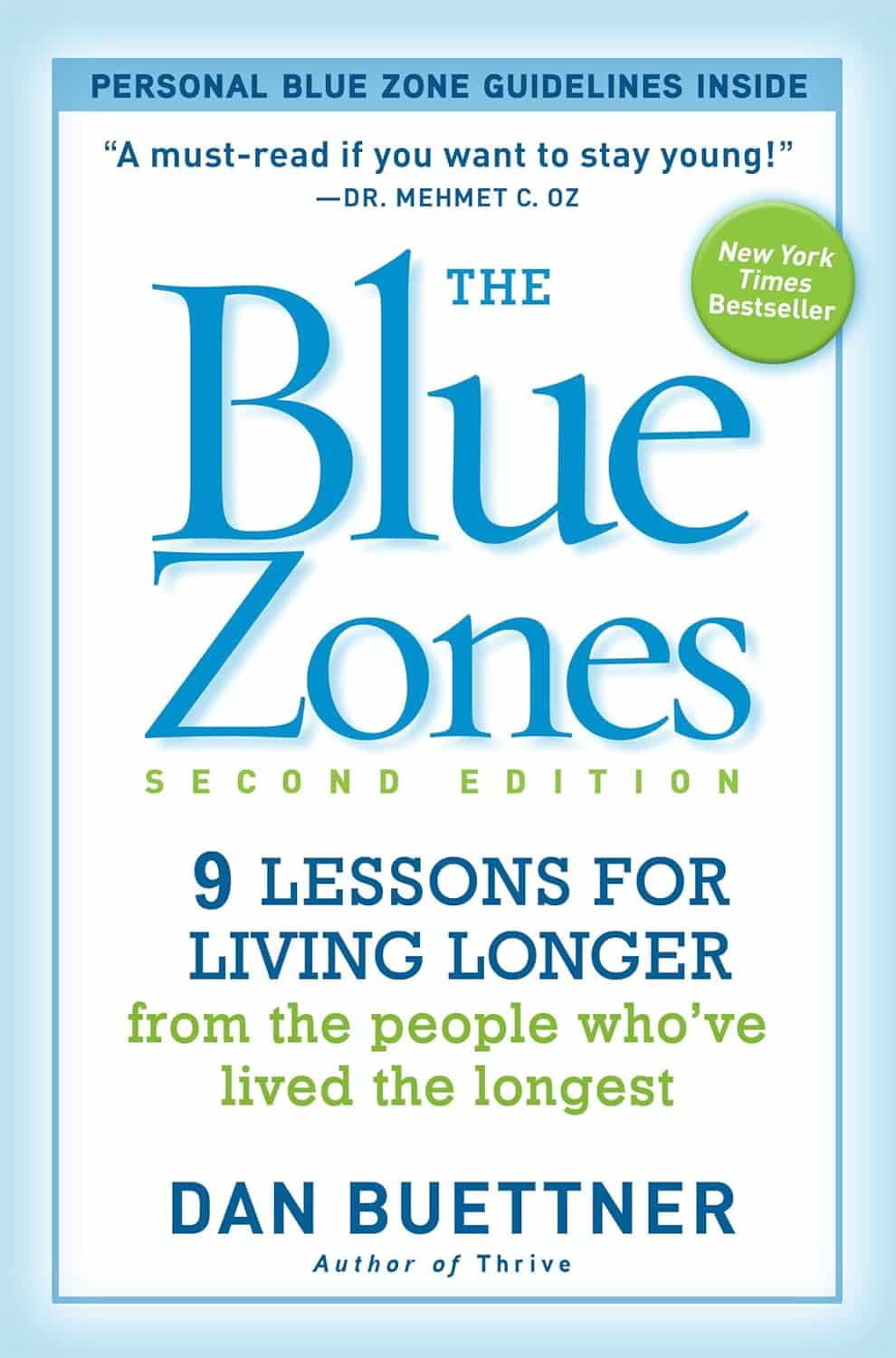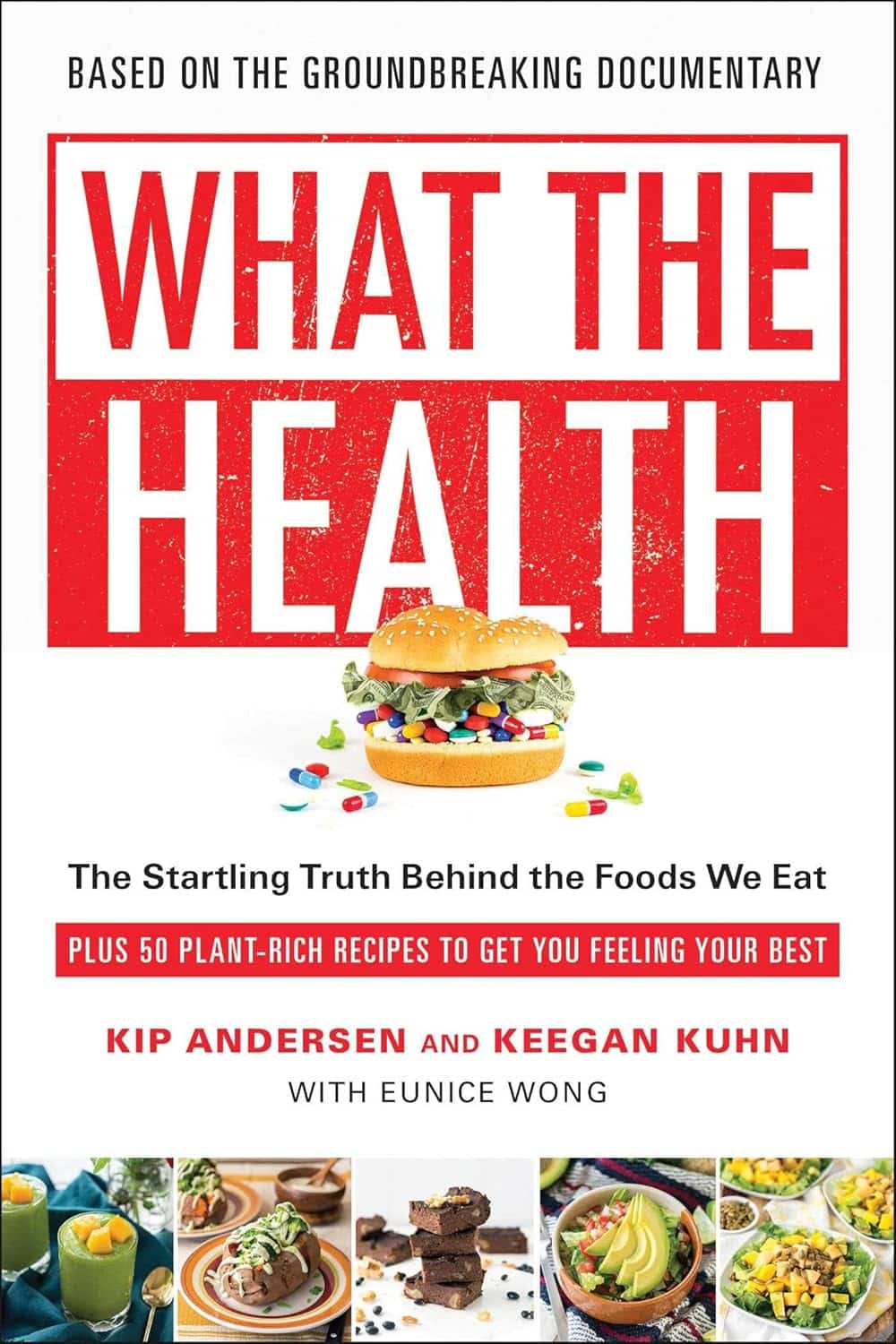
Delicious Quinoa Avocado Bread
10almonds is reader-supported. We may, at no cost to you, receive a portion of sales if you purchase a product through a link in this article.
They’re gluten-free, full of protein and healthy fats, generous with the fiber, easy to make, and tasty too! What’s not to love? Keep this recipe (and its ingredients) handy for next time you want healthy burger buns or similar:
You will need
- 2½ cups quinoa flour
- 2 cups almond flour (if allergic, just substitute more quinoa flour)
- 1 avocado, peeled, pitted, and mashed
- zest and juice of 1 lime
- 2 tbsp ground flaxseed
- 1 tsp baking powder
- ½ tsp MSG or 1 tsp low-sodium salt
- Optional: seeds, oats, or similar for topping the buns
Method
(we suggest you read everything at least once before doing anything)
1) Preheat the oven to 350℉/175℃.
2) Mix the flaxseed with ⅓ cup warm water and set aside.
3) Mix, in a large bowl, the quinoa flour and almond flour with the baking powder and the MSG or salt.
4) Mix, in a separate smaller bowl, the avocado and lime.
5) Add the wet ingredients to the dry, slowly, adding an extra ½ cup water as you do, and knead into a dough.
6) Divide the dough into 4 equal portions, each shaped into a ball and then slightly flattened, to create a burger bun shape. If you’re going to add any seeds or similar as a topping, add those now.
7) Bake them in the oven (on a baking sheet lined with baking paper) for 20–25 minutes. You can check whether they’re done the same way you would a cake, by piercing them to the center with a toothpick and seeing whether it comes out clean.
8) Serve when sufficiently cooled.

Enjoy!
Want to learn more?
For those interested in some of the science of what we have going on today:
- Gluten: What’s The Truth?
- Why You Should Diversify Your Nuts!
- Monosodium Glutamate: Sinless Flavor-Enhancer Or Terrible Health Risk?
Take care!
Don’t Forget…
Did you arrive here from our newsletter? Don’t forget to return to the email to continue learning!
Recommended
Learn to Age Gracefully
Join the 98k+ American women taking control of their health & aging with our 100% free (and fun!) daily emails:
-
Saffron For The Brain (& More)
10almonds is reader-supported. We may, at no cost to you, receive a portion of sales if you purchase a product through a link in this article.
Saffron For The Brain (& More)
In yesterday’s edition of 10almonds, one of the items in the “health news from around the world” section was:
Clinical trial finds herbal medicine Sailuotong effective for brain health in older people
But, what is it?
❝SaiLuoTong (SLT) is a modern compound Chinese herbal medicine preparation in capsule form containing standardized extracts of Panax ginseng, Ginkgo biloba, and Crocus sativus L❞
We’ve written previously about ginseng and ginkgo biloba:
So, what’s this about Crocus sativus L.?
That is the plant better known as saffron. And, for all its wide availability (your local supermarket probably has at least a tiny amount in the spice section), there’s a reason we don’t see much of it:
❝Saffron blooms only once a year and should be collected within a very short duration. It is picked during 3–4 weeks in October-November. The method for the cultivation of saffron contributes greatly to its high price. According to some reports, this species is a sterile triploid and so does not produce fertile seeds. Germination can take 1–6 months at 18°C. It takes 3 years for plants to flower from seed.❞
Source: Crocus sativus L.: A comprehensive review
That’s fascinating, but what does it do for us?
Well, in the words of El Midaoui et al. (2022):
❝In the frame of a double-blind-placebo-controlled study, 30 mg per day supplementation with saffron for 16 weeks resulted in improved cognitive function in patients suffering from mild to moderate Alzheimer’s disease.
Moreover, the follow-up of this study in which the authors evaluated the effects of saffron (30 mg/day) for 22 weeks showed that saffron was as effective as donepezil in the treatment of mild-to-moderate Alzheimer’s disease❞
Read the full review: Saffron (Crocus sativus L.): A Source of Nutrients for Health and for the Treatment of Neuropsychiatric and Age-Related Diseases
Not just that, but it also has powerful antioxidant and anti-inflammatory properties beyond the brain (though the brain is where research has been most focused, due to its neuroprotective effects).
(this, too, is a full research review in its own right; we’re getting a lot of “bang for buck” on papers today)
And more?
Yes, and more. Lots more. To bullet-pointify even just the abstract from another research review:
- Saffron has been suggested to be effective in the treatment of a wide range of disorders including coronary artery diseases, hypertension, stomach disorders, dysmenorrhea and learning and memory impairments.
- In addition, different studies have indicated that saffron has anti-inflammatory, anti-atherosclerotic, antigenotoxic and cytotoxic activities. (This is all good; the cytotoxic activities are about killing cancer cells)
- Antitussive effects of stigmas and petals of C. sativus and its components, safranal and crocin have also been demonstrated.
- The anticonvulsant and anti-Alzheimer properties of saffron extract were shown in human and animal studies.
- The efficacy of C. sativus in the treatment of mild to moderate depression was also reported in clinical trial.
- Administration of C. sativus and its constituents increased glutamate and dopamine levels in the brain in a dose-dependent manner.
- It also interacts with the opioid system to reduce withdrawal syndrome.
- C. sativus and its components can be considered as promising agents in the treatment of nervous system disorders.
For more details on any of those items, see:
The effects of Crocus sativus (saffron) and its constituents on nervous system: a review
Is it safe?
The effective dose is 30mg/kg and the LD50 is more than 20g/kg, so yes, it’s very safe. Given the price of it, this also means that if you’re the size of this writer (a little over 70kg, or a little over 150lbs) to poison yourself effectively you’d need to consume about 1.4kg of saffron at a time, which would cost well over $6,000.
Where can I get it?
Your local supermarket probably has a tiny amount in the spice section, or you can get better prices buying it in “bulk” online. Here’s an example product on Amazon, for your convenience
Enjoy!
Share This Post
-
The Blue Zones, Second Edition – by Dan Buettner
10almonds is reader-supported. We may, at no cost to you, receive a portion of sales if you purchase a product through a link in this article.
Eat beans & greens, take walks, have a purpose; you can probably list off the top of your head some of the “advices from Blue Zones”, so what makes this book stand out?
This is perhaps one of the most thoughtful investigations; the author (a National Geographic researcher) toured and researched all the Blue Zones, took many many notes (we get details), and asked a lot of questions that others skipped.
For example, a lot of books about the Blue Zones mention the importance of community—but they don’t go into much detail of what that looks like… And they certainly don’t tend to explain what we should do about it.
And that’s because community is often viewed as environmental in a way that we can’t control. If we want to take supplements, eat a certain way, exercise, etc, we can do all those things alone if we want. But if we want community? We’re reliant on other people—and that’s a taboo in the US, and US-influenced places.
So, one way this book excels is in describing how exactly people foster community in the Blue Zones (hint: the big picture—the form of the community—is different in each place, but the individual actions taken are similar), with particular attention to the roles actively taken on by the community elders.
In a similar vein, “reduce stress” is good, but what mindsets and mechanisms do they use that are still reproducible if we are not, for example, Okinawan farmers? Again, Buettner delivers in spades.
Bottom line: this is the Blue Zones book that digs deeper than others, and makes the advices much more applicable no matter where we live.
Click here to check out The Blue Zones, and build these 9 things into your life!
Share This Post
-
Pomegranate’s Health Gifts Are Mostly In Its Peel
10almonds is reader-supported. We may, at no cost to you, receive a portion of sales if you purchase a product through a link in this article.
Pomegranate Peel’s Potent Potential
Pomegranates have been enjoying a new surge in popularity in some parts, widely touted for their health benefits. What’s not so widely touted is that most of the bioactive compounds that give these benefits are concentrated in the peel, which most people in most places throw away.
They do exist in the fruit too! But if you’re discarding the peel, you’re missing out:
Food Applications and Potential Health Benefits of Pomegranate and its Derivatives
“That peel is difficult and not fun to eat though”
Indeed. Drying the peel, especially freeze-drying it, is a good first step:
❝Freeze drying peels had a positive effect on the total phenolic, tannins and flavonoid than oven drying at all temperature range. Moreover, freeze drying had a positive impact on the +catechin, -epicatechin, hesperidin and rutin concentrations of fruit peel. ❞
Once it is freeze-dried, it is easy to grind it into a powder for use as a nutritional supplement.
“How useful is it?”
Studies with 500mg and 1000mg per day in people with cases of obesity and/or type 2 diabetes saw significant improvements in assorted biomarkers of cardiometabolic health, including blood pressure, blood sugar levels, cholesterol, and hemoglobin A1C:
- Effects of pomegranate extract supplementation on inflammation in overweight and obese individuals: A randomized controlled clinical trial
- Beneficial effects of pomegranate peel extract on plasma lipid profile, fatty acids levels and blood pressure in patients with diabetes mellitus type-2: A randomized, double-blind, placebo-controlled study
It also has anticancer properties:
- Punicalagin, a polyphenol from pomegranate fruit, induces growth inhibition and apoptosis in human PC-3 and LNCaP cells
- Punica granatum (Pomegranate) activity in health promotion and cancer prevention
- The extract from Punica granatum (pomegranate) peel induces apoptosis and impairs metastasis in prostate cancer cells
…and neuroprotective benefits:
- Long-term (15 mo) dietary supplementation with pomegranates attenuates cognitive and behavioral deficits
- Neuroprotective Effects of Pomegranate Peel Extract
- An Evaluation of the Effects of a Non-caffeinated Energy Dietary Supplement on Cognitive and Physical Performance
…and it may protect against osteopenia and osteoporosis, but we only have animal or in vitro studies so far, for example:
- Pomegranate Peel Extract Prevents Bone Loss in a Preclinical Model of Osteoporosis and Stimulates Osteoblastic Differentiation in Vitro
- Pomegranate and its derivatives can improve bone health through decreased inflammation and oxidative stress in an animal model of postmenopausal osteoporosis
Want to try it?
We don’t sell it, but you can buy pomegranates at your local supermarket, or buy the peel extract ready-made from online sources; here’s an example on Amazon for your convenience
(the marketing there is for use of the 100% pomegranate peel powder as a face mask; it also has health benefits for the skin when applied topically, but we didn’t have time to cover that today)
Enjoy!
Share This Post
Related Posts
-
What the Health – by Kip Andersen, Keegan Kuhn, & Eunice Wong
10almonds is reader-supported. We may, at no cost to you, receive a portion of sales if you purchase a product through a link in this article.
This is a book from the makers of the famous documentary of the same name. Which means that yes, they are journalists not scientists, but they got input from very many scientists, doctors, nutritionists, and so forth, for a very reliable result.
It’s worth noting however that while a lot of the book is about the health hazards of a lot of the “Standard American Diet”, or “SAD” as it is appropriately abbreviated, a lot is also about how various industries
bribelobby the government to either push, or give them leeway to push, their products over healthier ones. So, there’s a lot about what would amount to corruption if it weren’t tied up in legalese that makes it just “lobbying” rather than bribery.The style is mostly narrative, albeit with very many citations adding up to 50 pages of references. There’s also a recipe section, which is… fairly basic, and despite getting a shoutout in the subtitle, the recipes are certainly not the real meat of the book.
The recipes themselves are entirely plant-based, and de facto vegan.
Bottom line: this one’s more of a polemic against industry malfeasance than it is a textbook of nutrition science, but there is enough information in here that it could have been the textbook if it wanted to, changing only the style and not the content.
Click here to check out What The Health, and make informed choices about yours!
Don’t Forget…
Did you arrive here from our newsletter? Don’t forget to return to the email to continue learning!
Learn to Age Gracefully
Join the 98k+ American women taking control of their health & aging with our 100% free (and fun!) daily emails:
-
Which Magnesium? (And: When?)
10almonds is reader-supported. We may, at no cost to you, receive a portion of sales if you purchase a product through a link in this article.
It’s Q&A Day at 10almonds!
Have a question or a request? We love to hear from you!
In cases where we’ve already covered something, we might link to what we wrote before, but will always be happy to revisit any of our topics again in the future too—there’s always more to say!
As ever: if the question/request can be answered briefly, we’ll do it here in our Q&A Thursday edition. If not, we’ll make a main feature of it shortly afterwards!
So, no question/request too big or small
❝Good morning! I have been waiting for this day to ask: the magnesium in my calcium supplement is neither of the two versions you mentioned in a recent email newsletter. Is this a good type of magnesium and is it efficiently bioavailable in this composition? I also take magnesium that says it is elemental (oxide, gluconate, and lactate). Are these absorbable and useful in these sources? I am not interested in taking things if they aren’t helping me or making me healthier. Thank you for your wonderful, informative newsletter. It’s so nice to get non-biased information❞
Thank you for the kind words! We certainly do our best.
For reference: the attached image showed a supplement containing “Magnesium (as Magnesium Oxide & AlgaeCal® l.superpositum)”
Also for reference: the two versions we compared head-to-head were these very good options:
Magnesium Glycinate vs Magnesium Citrate – Which is Healthier?
Let’s first borrow from the above, where we mentioned: magnesium oxide is probably the most widely-sold magnesium supplement because it’s cheapest to make. It also has woeful bioavailability, to the point that there seems to be negligible benefit to taking it. So we don’t recommend that.
As for magnesium gluconate and magnesium lactate:
- Magnesium lactate has very good bioavailability and in cases where people have problems with other types (e.g. gastrointestinal side effects), this will probably not trigger those.
- Magnesium gluconate has excellent bioavailability, probably coming second only to magnesium glycinate.
The “AlgaeCal® l.superpositum” supplement is a little opaque (and we did ntoice they didn’t specify what percentage of the magnesium is magnesium oxide, and what percentage is from the algae, meaning it could be a 99:1 ratio split, just so that they can claim it’s in there), but we can say Lithothamnion superpositum is indeed an algae and magnesium from green things is usually good.
Except…
It’s generally best not to take magnesium and calcium together (as that supplement contains). While they do work synergistically once absorbed, they compete for absorption first so it’s best to take them separately. Because of magnesium’s sleep-improving qualities, many people take calcium in the morning, and magnesium in the evening, for this reason.
Some previous articles you might enjoy meanwhile:
- Pinpointing The Usefulness Of Acupuncture
- Science-Based Alternative Pain Relief
- Peripheral Neuropathy: How To Avoid It, Manage It, Treat It
- What Does Lion’s Mane Actually Do, Anyway?
Take care!
Don’t Forget…
Did you arrive here from our newsletter? Don’t forget to return to the email to continue learning!
Learn to Age Gracefully
Join the 98k+ American women taking control of their health & aging with our 100% free (and fun!) daily emails:
-
An Underrated Tool Against Alzheimer’s
10almonds is reader-supported. We may, at no cost to you, receive a portion of sales if you purchase a product through a link in this article.
Dementia in general, and Alzheimer’s in particular, affects a lot of people, and probably even more than the stats show, because some (estimated to be: about half) will go undiagnosed and thus unreported:
Alzheimer’s: The Bad News And The Good
At 10almonds, we often talk about brain health, whether from a nutrition standpoint or other lifestyle factors. For nutrition, by the way, check out:
Today we’ll be looking at some new science for an underrated tool:
Bilingualism as protective factor
It’s well-known that bilingualism offers brain benefits, but most people would be hard-pressed to name what, specifically, those brain benefits are.
As doctors Kristina Coulter and Natalie Phillips found in a recent study, one of the measurable benefits may be a defense against generalized (i.e. not necessarily language-related) memory loss Alzheimer’s disease.
Specifically,
❝We used surface-based morphometry methods to measure cortical thickness and volume of language-related and AD-related brain regions. We did not observe evidence of brain reserve in language-related regions.
However, reduced hippocampal volume was observed for monolingual, but not bilingual, older adults with AD. Thus, bilingualism is hypothesized to contribute to reserve in the form of brain maintenance in the context of AD.❞
Read in full: Bilinguals show evidence of brain maintenance in Alzheimer’s disease
This is important, because while language is processed in various parts of the brain beyond the scope of this article, the hippocampi* are where memory is stored.
*usually mentioned in the singular as “hippocampus”, but you have one on each side, unless some terrible accident or incident befell you.
What this means in practical terms: these results suggest that being bilingual means we will retain more of our capacity for memory, even if we get Alzheimer’s disease, than people who are monolingual.
Furthermore, while we’re talking practicality:
❝…our subsample may be characterized as mostly late bilinguals (i.e., learning an L2 after age 5), having moderate self-reported L2 ability, and relatively few participants reporting daily L2 use (33 out of 119)❞
(L2 = second language)
This is important, because it means you don’t have to have grown up speaking multiple languages, you don’t even have to speak it well, and you don’t have to be using your second language(s) on a daily basis, to enjoy benefits. Merely having them in your head appears to be sufficient to trigger the brain to go “oh, we need to boost and maintain the hippocampal volume”.
We would hypothesize that using second language(s) regularly and/or speaking second language(s) well offers additional protection, and the data would support this if it weren’t for the fact that the sample sizes for daily and high-level speakers are a bit small to draw conclusions.
But the important part is: simply knowing another language, including if you literally just learned it later in life, is already protective of hippocampal volume in the context of Alzheimer’s disease.
Here’s a pop-science article about the study, that goes into it in more detail than we have room to here:
Bilingualism linked to greater brain resilience in older adults
Want to learn a new language?
Here are some options where you can get going right away:
If you are thinking “sounds good, but learning a language is too much work”, then that is why we included that third option there. It’s specifically for one language, and that language is Esperanto, arguably the world’s easiest language and specifically designed to be super quick and easy to get good at. Also, it’s free!
Do, kial ne lerni novan lingvon rapide kaj facile? 😉
Want to know more?
For ways to reduce your overall Alzheimer’s risk according to science, check out:
Take care!
Don’t Forget…
Did you arrive here from our newsletter? Don’t forget to return to the email to continue learning!
Learn to Age Gracefully
Join the 98k+ American women taking control of their health & aging with our 100% free (and fun!) daily emails:







